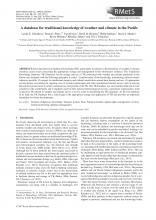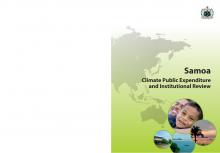Small- and large-scale eradication of invasive ?sh and ?sh parasites in freshwater systems in Norway


Island and Ocean Ecosystems, BRB
Available Online
In July 2016, the European Union adopted a list of invasive alien species of concern, and at present there are two freshwater ?sh species on the list. Member states are obliged to prevent further spread and to perform rapid eradication when problem species are discovered at new sites, but continental EU member states have limited experience with eradication of ?sh. Eradications are more likely to succeed if the invasive species is con?ned to insular habitats. Freshwater invasives can be regarded as island invasives, since their habitats have boundaries against shorelines, saline waters, waterfalls and dams, and these boundaries make eradications possible. CFT Legumine® containing rotenone is the only legal piscicide in the EU, and Norway has used CFT Legumine® in eradication e?orts for many years. Species that have been introduced outside their native range and have been successfully eradicated include minnow (Phoxinus phoxinus), roach (Rutilus rutilus), pike (Esox lucius), common white?sh (Coregonus lavaretus), and the salmon parasite Gyrodactylus salaris. This manuscript summarises the eradication e?orts of invasive ?sh species and ?sh parasite species during the last two decades in Norway, covering eradications from such diverse habitats as small ponds, lakes, marshlands, small streams and large rivers. An estimated £100 million has been spent in the Gyrodactylus salaris eradication programme. Costs of invasive ?sh eradications are given, ranging from less than £10,000 to more than £200,000. There are no known invasive ?sh eradication failures in Norway in the last 20 years. A summary of the e?orts in Norway can be an aid for planning control and eradication measures of invasive ?sh species in other countries.




